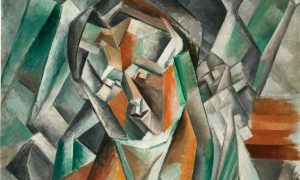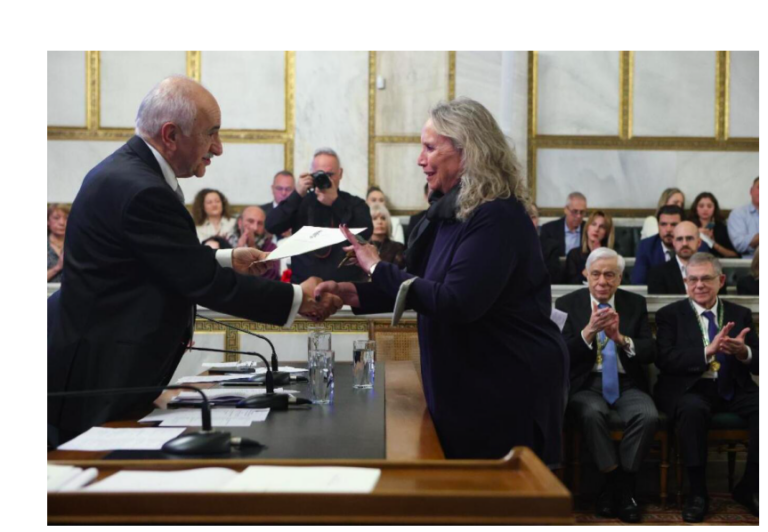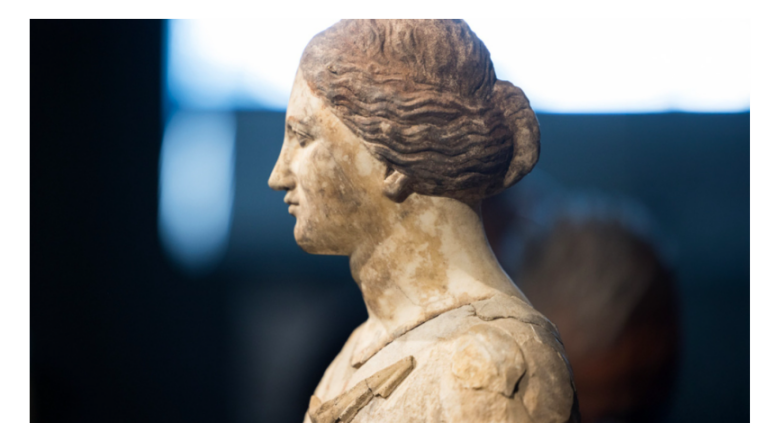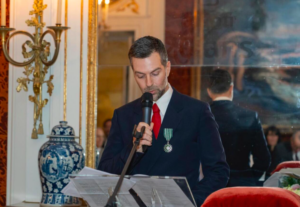The exhibition “Picasso Metamorfosi”, in Palazzo Reale, sheds light to 200 items including archaeological discoveries and works by the artist, on the degree of influence exerted on Picasso’s creativity by ancient Mediterranean civilizations, while examining how principles in ancient Greek and Roman art inspired new aesthetics in the 20th century.
Though Picasso never visited Greece, his connection with ancient Greek art and mythology began during his student years and continued throughout his impressive career.
The 200 artworks on display, the result of important loans from international museums and institutions, are focused around the theme of ancient mythology, reinterpreted and reinvented by the artists and divided into six sections. Ancient ceramics, vases, statues, plaques and idols, which have inspired the artist in his production, are displayed alongside the iconic creations by Picasso. The different sections include:
1.The mythology of Kiss – Ingres, Rodin, Picasso,
2. Arianna between Minotaur and Faun,
3. At the Spring of the Ancient – the Louvre,
4. Les ‘Demoiselles’ of the Dyplon: amidst Greek, Etruscans and Iberian,
5. The Ancient era of the Metamorphosis and
6. Anthropology of the Ancient
In spite of Picasso‘s decisive contribution to the modernist revolution, the artist did not hesitate to honor a classical structuring of reality, a declared “truth” that he searched for throughout his life. Timothy Clark‘s proposal is that Picasso‘s work (and in particular cubism) involved a form of classical framing of reality. He states :
“Physical reality is something the mind or imagination can only reach out to incompletely, for objects resist our categories, and painting can speak to this ultimate non-humanness of things very well. But only by giving their otherness the form of a certain architecture, a certain rectilinear indeed, cubic’ constructedness”
In 1917 Picasso had traveled to Italy with Jean Cocteau, Léonide Massine and Sergei Diaghilev, with whom he was collaborating on Erik Satie‘s ballet Parade. By this time Picasso had been developing an increasingly Classical style, with a strong influence of Greek and Italian art, an extreme deviation from the Cubism that had formerly dominated his work. As his relationship with the ballerina Olga Koklova began, this Classical style blossomed even further. This change had actually been brewing for some time. During the last two years of the Great War, Picasso had moved away from the other Cubists and had decided once again to orient himself toward more representational values, creating works that were deeply indebted to tradition, with an increasing fascination for Jean Auguste Dominique Ingres.
“Picasso metamorfosi” exhibition, in Milan proposes to penetrate the intimate laboratory of a world-renowned artist in the light of the ancient sources that inspired the work, but also to unveil the mechanisms of a singular alchemy that places Antiquity at the heart of a modernity that is decisive for the 20th-century art.
Odysseus & Athena Institute
Ask me anything
Explore related questions





